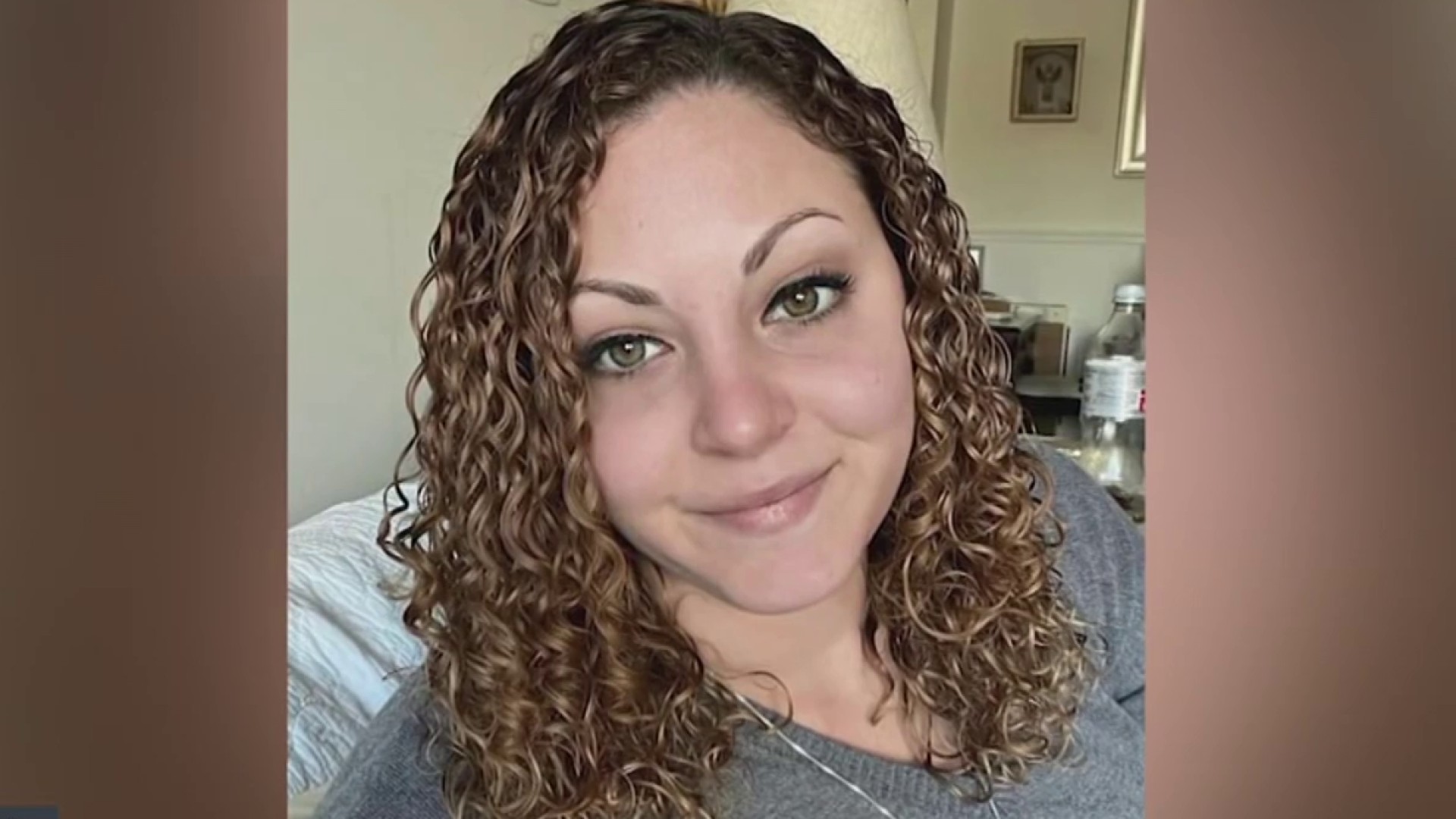A murder victim’s family is talking to police again after a News4 I-Team report about the oldest cold case in Montgomery County, Maryland.
Ralph Smith remembers his family never talked about the case when he was growing up in Bethesda in the 1930s. It wasn't until he was a teenager when he began to hear whispers his father had been a suspect in the Car Barn Murders -- one of the region's most famous murder mysteries.
"My dad was home asleep,” Smith said, when police, “came and rousted him out of bed. They said at that time he was a suspect, they wanted to know where his uncle was. He said he was at work."
Smith's father worked at the Capital Transit Car Barn and its ticket station on Connecticut Avenue in Chevy Chase along with his uncle Emory Smith, the station’s night watchman.
But a cold January night in 1935, someone stole more than $1,200, or $20,000 in today’s money, and killed the clerk, who was found inside a locked office, Montgomery County Police said.
There was no sign of Emory Smith.
"They found him the next day in Rock Creek Park," Ralph Smith said. Police records show Emory Smith was probably shot about a mile north of the station, at what is now the Kensington Parkway Bridge and thrown into Rock Creek.
Local
Washington, D.C., Maryland and Virginia local news, events and information
Ralph Smith said his father was quickly cleared of his uncle's murder and, along with three of his uncles, continued to work for the trolley company. "They always thought it was an inside job," Ralph Smith said.
But as time passed, the Smith family assumed police had given up on finding the killer -- until they saw the I-Team story showing how Montgomery County Detective Brian Stafford is still working on what is now his oldest cold case.
"I think they're all solvable," Stafford said.
But, he said, his files showed police lost contact with the Smith family in the 1980s, and Stafford wasn't sure if anyone was even still alive.
Ralph Smith’s daughter Karen Smith said she couldn’t believe it when a cousin sent her a link to the story.
"I called Dad and said, 'Did you know they have a whole case file on Uncle Emory?’” she explained. “And he goes 'Well, they have a little." And I said, 'No, they have a lot!'"
Karen and Ralph Smith said they had no idea the case file contained bullet fragments, original notebooks, hand-drawn maps and 81 year-old evidence photos.
"In 1935, it's not like everybody just walked around with a 35 millimeter digital camera and photographed everything,” Karen Smith said. “That was a big deal to photograph the desk and all the evidence in the shoe prints, and they didn't know what we know now. To collect all of that and take meticulous notes, they did a really good job."
And she should know. She’s a retired homicide investigator who now runs her own forensic evidence consulting firm in Florida. She estimated she’s worked on more than 500 murder cases, including cold cases, and said finding evidence this old is extremely rare.
"Tells me they've taken extraordinarily good care of that case file,” she said. “I'm very grateful for my family, for my dad. Especially want to tell them thank you for that."
Ralph Smith moved to Florida to be closer to his daughter. They’ve now gotten in touch with Stafford.
At 81 years old, Ralph Smith is the last of his generation who remembers what it was like after the murders. “This case, it's probably never ever going to be really solved," he said.
But Karen Smith then said, “I like to be more of an optimist."
She said the fact her family is still searching for answers shows how cold cases can haunt families for generations, as they continue to hold out hope their murder can be solved.
"To have some kind of catharsis,” Karen Smith said. “Even though we know there will never be any justice, it would still be an answer."
Reported by Tisha Thompson, produced by Rick Yarborough, and shot and edited by Steve Jones.



